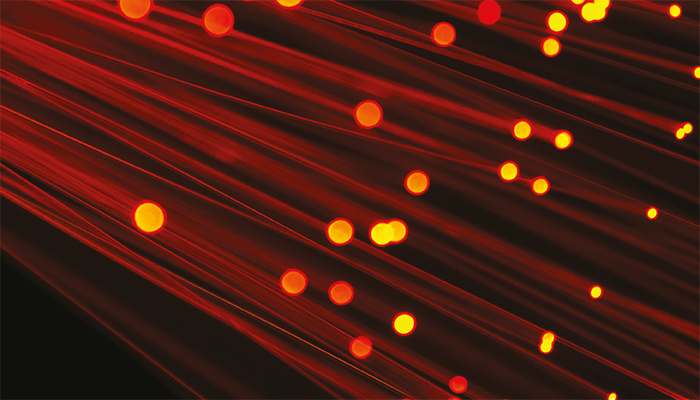
Most ophthalmic clinics are likely to see patients with meibomian gland dysfunction (MGD). Although the list of available treatments is constantly increasing thanks to advances in knowledge, most struggle to give patients full or long-term relief from their symptoms. One new treatment that has jumped across to ophthalmology from the dermatological sector is intense pulsed light (IPL) treatment, which has been used to treat MGD symptoms in multiple clinical trials (1, 2, 3). IPL has been shown to be effective and safe, but the pulse intensity needed for each patient is estimated based on the skin color of the patient – with no data exploring the impact of wavelength and energy intensity on efficacy and safety.
Until now. Researchers from Peking University Third Hospital in Beijing, China, have compared a new-generation IPL device (Eyesis) with a traditional one (E-Eye) to determine how differences in intensity and pulses affect treatment (4). The new-generation device came up trumps in the study, showing more clinical benefits than the traditional device. Improvements included increased tear film stability, stimulation of tear secretion, alleviation of symptoms, and better meibomian gland function.
There are three main reasons for this generational gap: energy intensity, pulses, and “smile.” The range and specificity of energy intensity in the new-generation device has been expanded, and the intensity used on patients is now graded to the severity of MGD, rather than skin color. Additionally, the frequency of pulses per cluster has also increased, allowing for more precision while still avoiding excessive energy that could harm the patient. The third change is a new “smile” mode – a patterned intensity profile for each cluster of light that promotes deeper penetration of energy and better targets the tissue.
Even with these promising MGD data, there are still many questions about IPL treatment that need answers. For instance, the treatment’s mechanism of action is still unknown. Do its benefits come from changes in inflammatory factors, the microbiology of the eyelid, structural changes in the meibomian gland, or something else? It will be interesting to see where this light show takes us: from both the standpoint of patient benefit, but also the growth of scientific knowledge in this relatively niche arena.
References
- X Jiang et al., J Ophthalmol, 1910694 (2016). PMID: 27413540.
- M Choi et al., Sci Rep, 9, 7648 (2019). PMID: 31113979.
- Y Piyacomn et al., Cornea, 39, 325 (2020). PMID: 31764289.
- X Jiang et al., Ophthalmol Ther, (2022). PMID: 35974296.
